For your information
You are being redirected to one of our divisional subsites which contains more detailed information on the required division. To navigate back to the main Invicta Group site, please click the link found in the footer at the bottom of the page.
- Durasteel
Discover the benefits of Durasteel
- Systems
Systems
- Expertise
Expertise
-
Applications
- Aircraft Hangar Fire Protection
- Battery Storage Facilities
- Building Fire Compartmentation
- Anti-Terrorist Blast Protection
- Cable Tunnel Fire Compartmentation
- Equipment Delivery Hatches
- Equipment Enclosures
- Heat Shields
- Power Station Fire Protection
- Metro and Rail Fire Protection
- High Voltage Cable Protection
- Substation Fire & Blast Protection
- Tunnel Fire Protection
- Oil & Gas Fire & Blast Protection
- Ventilation Systems
- Wind Farm Fire Protection
-
Applications
- Projects
- Insights
Insights
-
Articles
- Blast Protection System Design Considerations & Design Criteria
- How to Conduct a Fire Risk Assessment for Factories and Warehouses
- Minimising the Risk of Fire, Blasts & Explosions in the Middle East
- Integrity, Stability and Insulation in Passive Fire Protection
- Triangle of Fire & Active vs Passive Fire Protection
- Frequently Asked Questions
- A to Z of Terms
-
Articles
- Contact
Contact

UK +44 1843 220 256

US +1 305 328 9444

UAE +971 4 277 6225

Qatar +974 4441 4340

India +91 79945 14049

Malaysia +60 16 286 6225
- Start your project
How to adapt your fire safety rules for remote working
17th March 2022
Quick Quote
Contact Fraser Shearer Sarun Vysakham Ben Tan Anand Raghavan Anand Raghavan Our USA Office
To get a quotation or arrange a free site survey - Call Fraser Shearer Sarun Vysakham Ben Tan Anand Raghavan Anand Raghavan Our USA Office on
-
 UK
UK
-
 UAE
UAE
-
 Malaysia
Malaysia
-
 India
India
-
 Qatar
Qatar
-
 USA
USA
Current location:
Quick Quote
Contact Fraser Shearer Sarun Vysakham Ben Tan Anand Raghavan Anand Raghavan Our USA Office
-
 UK
UK
-
 UAE
UAE
-
 Malaysia
Malaysia
-
 India
India
-
 Qatar
Qatar
-
 USA
USA
Current location:
The coronavirus pandemic forced many companies to go through a period of rapid adaptation. For those with office-based employees, this meant a pivot to remote working, and the use of new technologies to keep people in touch. Now that it’s been proven that this approach works – and with money having been invested in software – many employers are retaining remote working as part of their normal schedules.
What fewer firms will have considered is the impact that remote working may have on workplace safety. While it’s possible that you’ve helped remote workers to conduct their own risk assessments, you may not have thought about the impact on your workplace. The absence of staff and rotation of staff on different remote working days could leave your policies out of date – and heighten the risk of fires and other incidents.
New fire risks
While some individuals are likely to continue using masks for a while, we’re largely past the point of thinking about coronavirus restrictions within businesses. Most UK adults have now had multiple doses of the vaccine, and the rate of uptake is growing worldwide, eliminating the need for the most stringent controls. All told, it shouldn’t be long before we can stop thinking about the virus beyond general improvements to workplace hygiene.
What has noticeably changed is how many organisations approach remote and flexible working. Before the pandemic, remote working was a relatively rare privilege for most employees, with companies either not believing in the benefits of remote working, or not having the software and leadership infrastructure to manage remote workers. This is a thing of the past, and now that framework exists – and remote working has been shown to work – many employers are looking to make it a permanent fixture.
If you’ve been complying with HSE guidelines, you’ll be aware that your health & safety responsibilities don’t stop at work; remote workers have a legal entitlement to work in a safe and healthy environment, even if it’s at home. But remote working also creates a different problem: what to do when your workplace is below its normal occupancy. With fewer people or even no-one in the workplace on given days, your safety policies may have to be adjusted – with a particular focus on fire safety.
Adapting safety policies
The absence of employees in the workplace creates a few issues. If your workplace is always occupied, but the numbers vary, there will need to be a consideration of who has fire safety responsibilities. Many workplaces have a designated fire safety officer, and there may be others who have a designated role during an emergency. You should ensure that at least one person is present to fulfil these roles at all times, which may require some rotation and flexibility when it comes to which days people come to the workplace.
If your entire company has dedicated work from home days, or the vast majority will be away, you will need to consider the propensity for fires to occur when the building is unoccupied, and the damage this could cause. This may prompt you to look more specifically at structural improvements to protect your facility, as well as forms of active fire detection and protection. You may also wish to invest in security to protect against the possibility of arson, particularly if you store any highly flammable materials.
In either case, you will also have to think about how the varying occupancy affects your ability to react to fires. Fewer people may mean fewer eyes to spot a developing fire, as well as fewer people to combat it where it is still safe to do so. It also creates a problem in terms of tracking people: you will need a register to ensure that everyone who has checked in for work that day is present and accounted for when evacuating, something that’s harder when those people frequently work from home.
Structural fire safety
Beyond keeping track of your employees, you may wish to consider how well your building is protected from fires, or even blasts. Any site which contains flammable materials poses a potential risk of explosion, with examples including fuel storage, chemicals, generators and battery storage devices. Any of these could either start a fire through an explosion, or explode when exposed to a fire from outside.
In these instances, it is advisable that you install some form of fire and blast protection. Fire walls and barriers can be rated to contain blasts, and prevent them from causing damage outside of a small radius. Fire barriers can also help to prevent the spread of fire from a flammable materials storage area, or prevent the passage of an external fire into these high-risk areas. The precise nature and ratings of these barriers will differ depending on the nature of your premises and requirements.
Fire-rated doors are a critical aspect of fire safety, and help to prevent fires from spreading quickly between parts of a facility, ensuring that routes of egress are secured for as long as possible. Fire walls, partitions and ceilings all add to the fire resistance of your facility as a whole, helping to delay the spread of fire. This will not only give people more time to escape, but also limit the damage caused by a fire, reducing the financial penalty on your company.
—
Fire safety is an often overlooked part of your health & safety policies, and addressing it is even more important in the age of remote working. By reassessing your policies and how the design of your facility can stymie fires, you’ll ensure that your property and your employees stay safe from fires – no matter how many people there are at work.
Accreditations & Affiliations
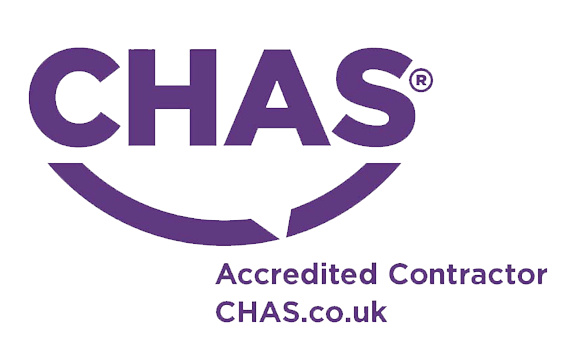
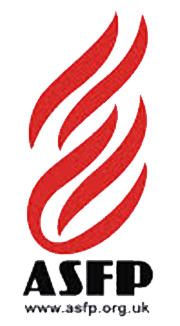





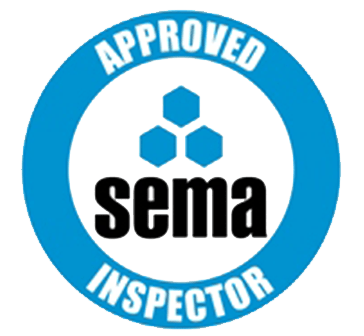

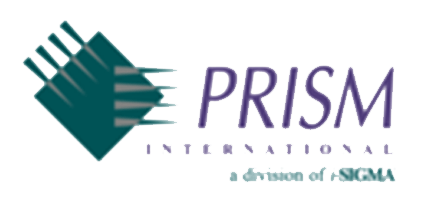

SpecUp - System Specification Wizard
Answer the 5 short questions below to receive your recommended Durasteel system specifications. Hover over the ? icons for a brief explanation.
Question 1/5
Type of system required?
Question 2/5
Fire rating required?
Question 3/5
Fire integrity-only or integrity and insulation?
Question 4/5
Fire attack risk from one side or both sides of the system?
Question 5/5
Blast rating required in addition to fire rating?
Creating your results page
Thanks for completing the SpecUp, you’ll be redirected to your results shortly.
Click here if you aren't redirected after a few secondsStart your project
Tell us about your project. Please complete this form. One of our sales team will come back to you with more details. If you prefer, you can drop us an email.
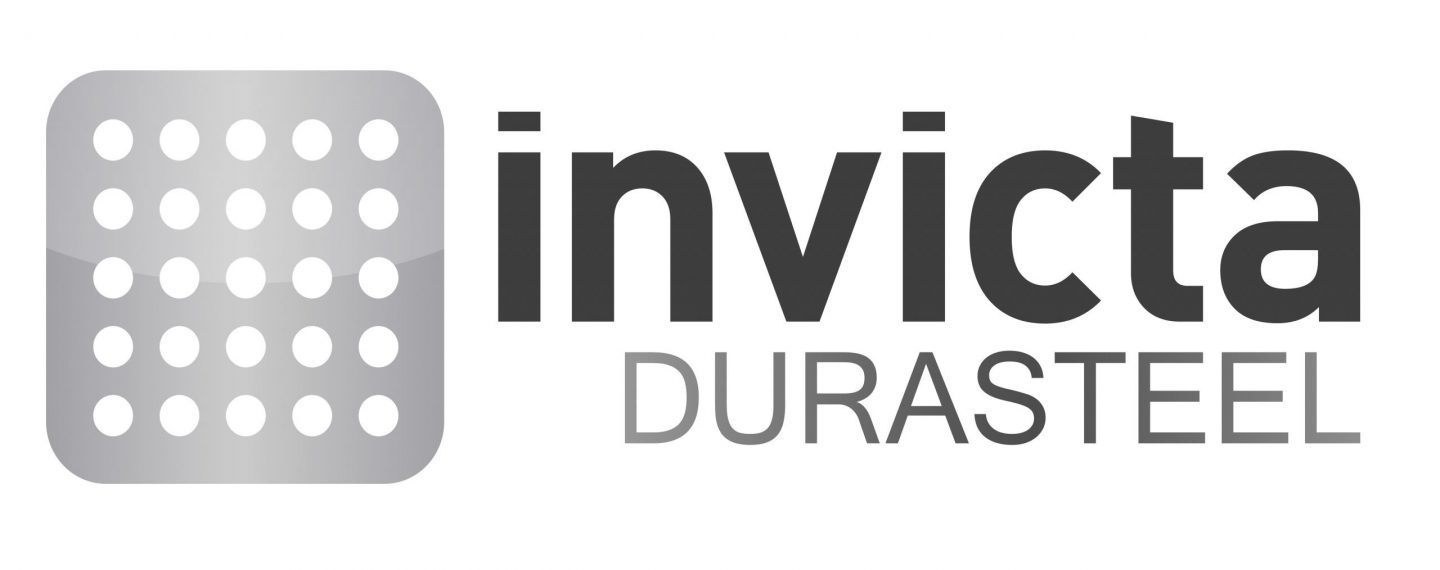

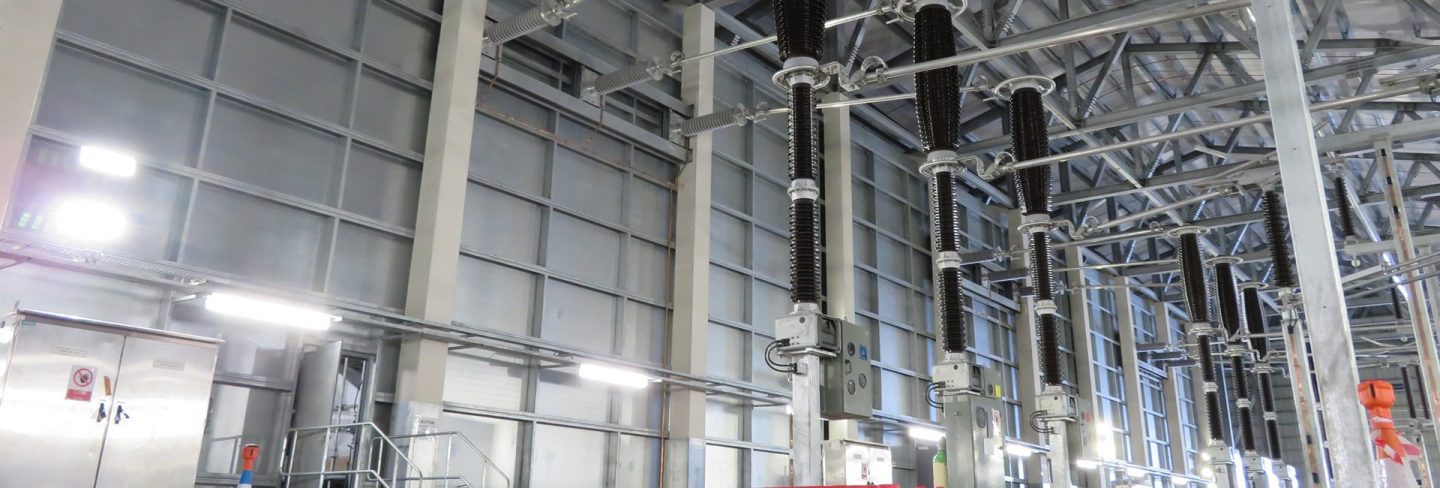
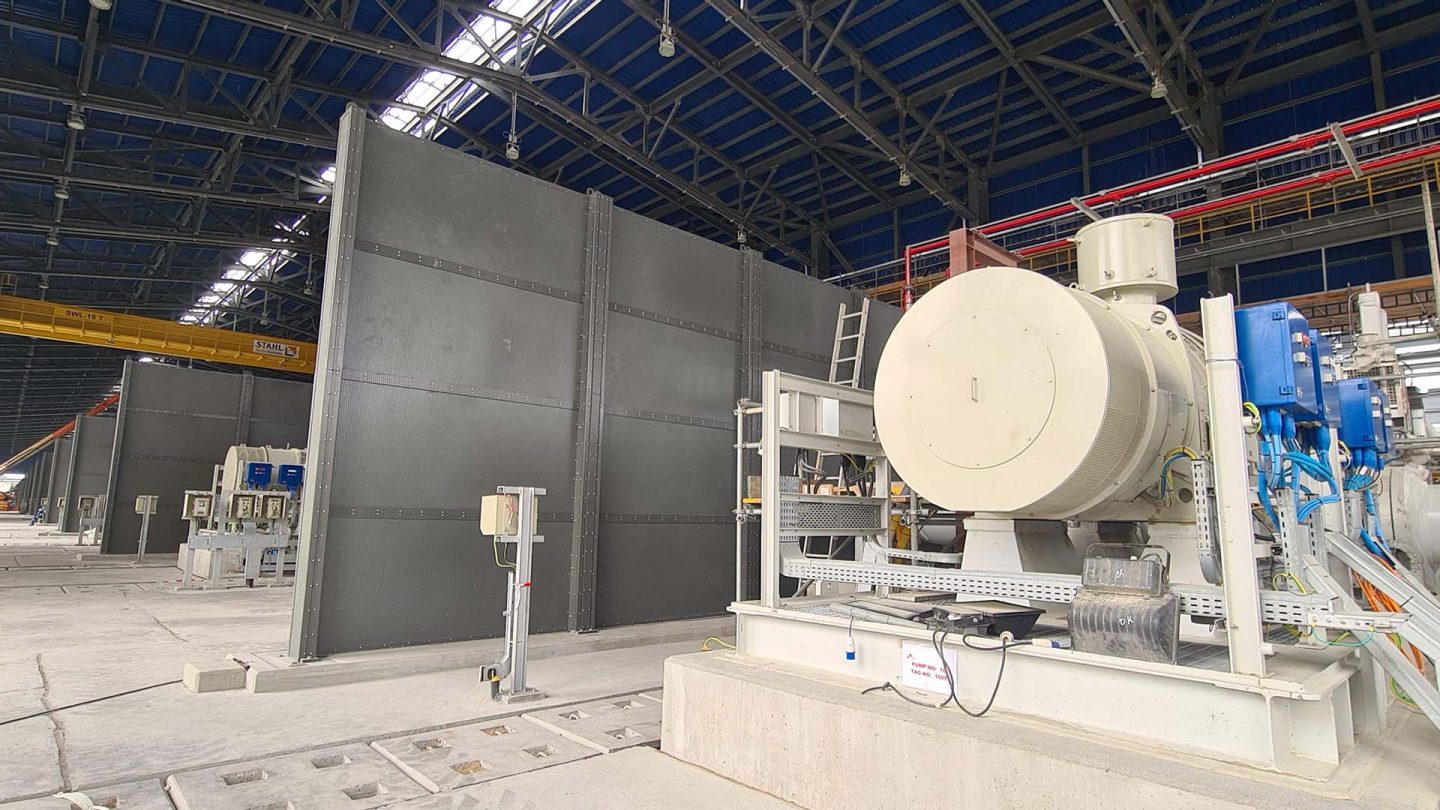
Share/Like this page